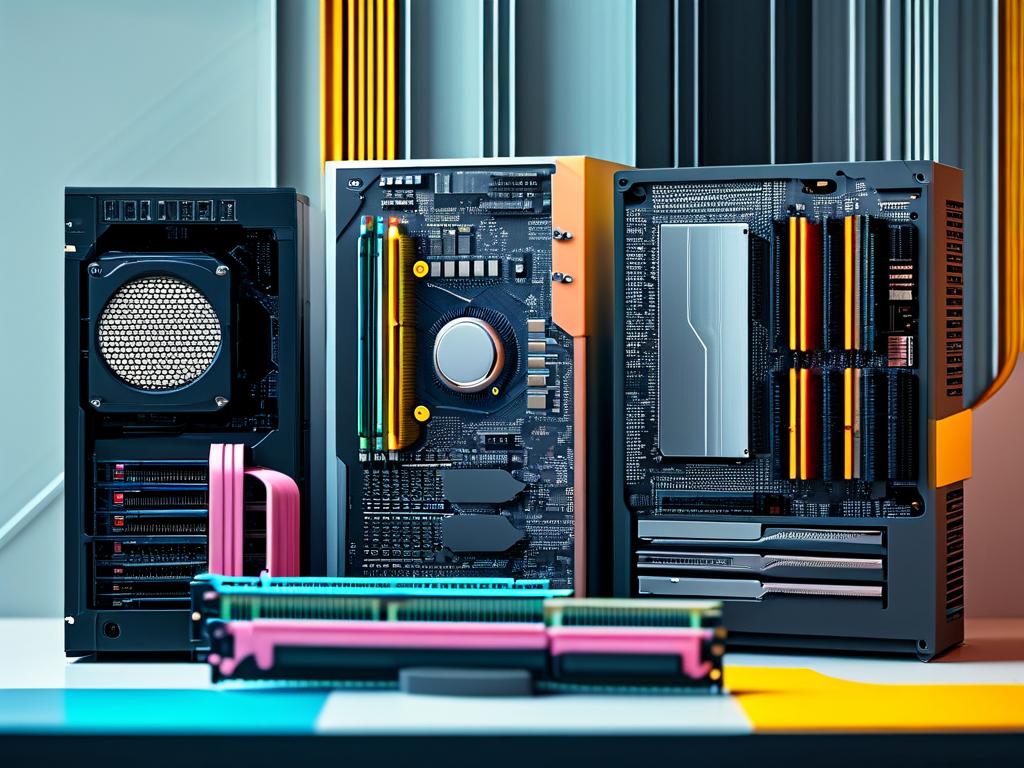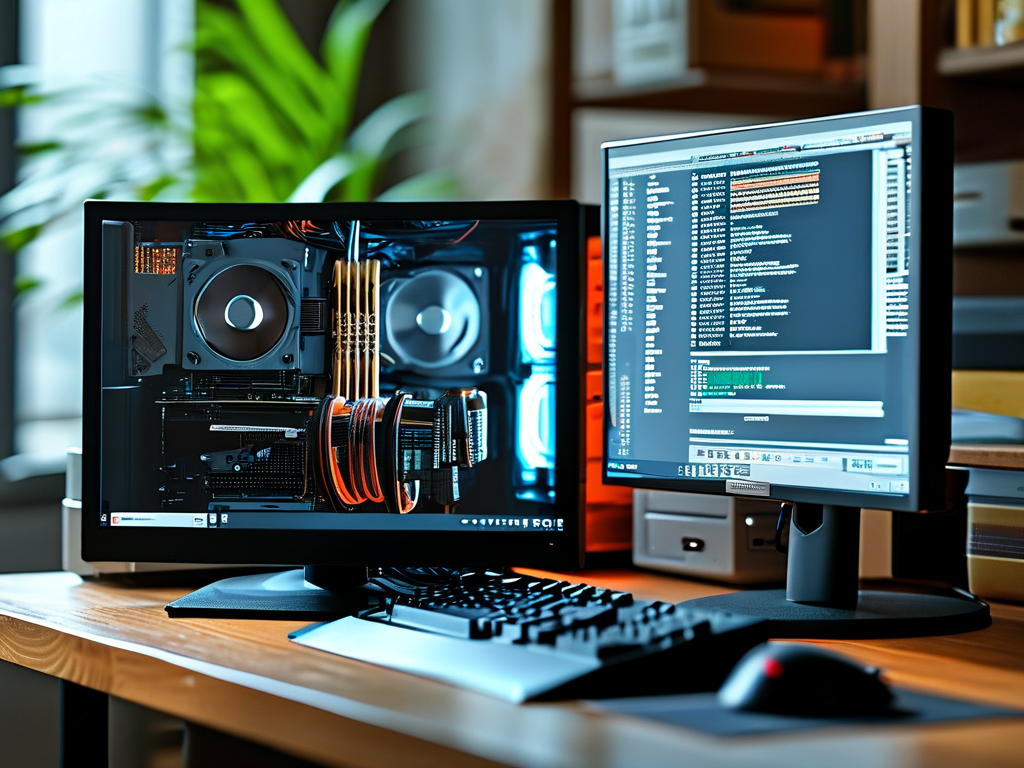Virtual memory is a critical component in modern computer systems, enabling efficient resource management and multitasking capabilities. Its functionality and performance are influenced by multiple interconnected factors, ranging from hardware specifications to software configurations. Understanding these relationships helps optimize system performance and troubleshoot memory-related issues.

The primary determinant of virtual memory behavior is the physical memory (RAM) installed in the computer. Virtual memory acts as an extension of RAM by temporarily transferring data to a designated area on the storage drive. When RAM capacity becomes insufficient for active processes, the operating system allocates space on the hard disk or SSD to create a "swap file" or "page file." The ratio between physical memory and virtual memory allocation directly impacts system responsiveness. Systems with inadequate RAM often rely heavily on virtual memory, leading to increased disk activity and potential slowdowns.
Another crucial factor is the operating system's memory management algorithms. These algorithms decide which data remains in RAM and which gets moved to virtual memory based on usage patterns. For instance, least-recently-used (LRU) policies prioritize keeping frequently accessed data in physical memory. Modern operating systems like Windows and Linux employ adaptive strategies that dynamically adjust page file sizes and swapping thresholds. Third-party software installations can interfere with these mechanisms, causing suboptimal memory allocation.
Storage drive performance significantly affects virtual memory efficiency. Traditional hard disk drives (HDDs) with slower read/write speeds may create bottlenecks when swapping data between RAM and virtual memory. Solid-state drives (SSDs), offering faster data transfer rates, mitigate this issue but introduce concerns about write endurance due to frequent page file updates. The location of the page file—whether on the system drive or a secondary storage device—also influences performance.
Processor architecture plays a subtle yet important role. Modern CPUs include memory management units (MMUs) that handle virtual-to-physical address translation. The efficiency of this translation layer affects how quickly applications can access virtual memory resources. Multi-core processors with advanced caching mechanisms further complicate this relationship, as cache hierarchies must synchronize with both physical and virtual memory spaces.
Application design patterns equally contribute to virtual memory utilization. Software developed with memory-intensive operations (e.g., video editing tools) may trigger aggressive virtual memory usage, while poorly optimized applications can cause memory leaks that strain both physical and virtual resources. Developers often implement garbage collection or manual memory management techniques to address these challenges.
System configuration settings provide additional tuning opportunities. Administrators can manually adjust virtual memory size, though automatic management is generally recommended. Specialized workloads, such as database servers or virtual machines, may require custom page file configurations. Monitoring tools like Windows Performance Monitor or Linux's vmstat help analyze virtual memory behavior and identify optimization opportunities.
Environmental factors like concurrent processes and user behavior indirectly influence virtual memory demands. A system running multiple applications simultaneously requires more sophisticated memory allocation strategies. Background services, browser tabs, and antivirus scans all compete for memory resources, forcing the operating system to make frequent adjustments to virtual memory allocations.
Emerging technologies are reshaping virtual memory dynamics. Non-volatile RAM (NVRAM) and storage-class memory (SCM) blur the line between traditional RAM and storage devices, potentially revolutionizing how virtual memory systems operate. Cloud computing environments introduce distributed virtual memory concepts, where memory resources span multiple networked devices.
In , virtual memory performance emerges from the complex interplay of hardware capabilities, software algorithms, storage technologies, and usage patterns. System administrators and developers must consider these interconnected factors when optimizing memory usage or diagnosing performance issues. As computing architectures evolve, the relationships governing virtual memory will continue to adapt, requiring ongoing analysis and adjustment to maintain optimal system operation.









